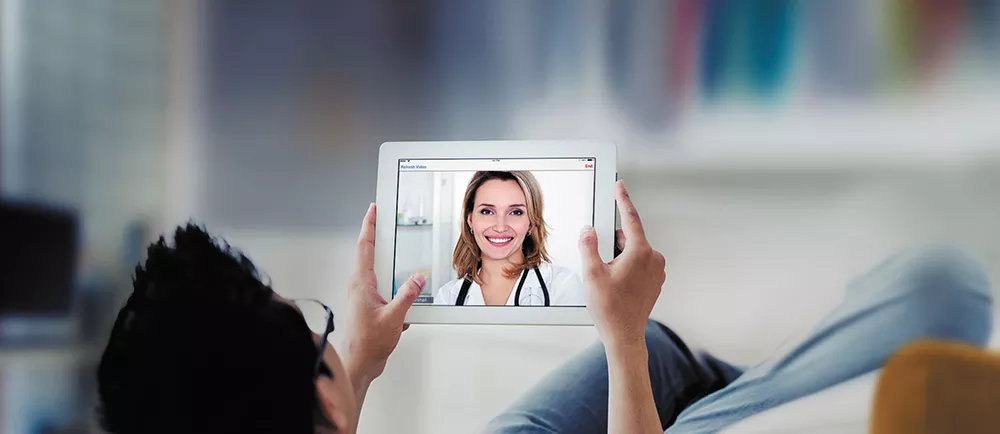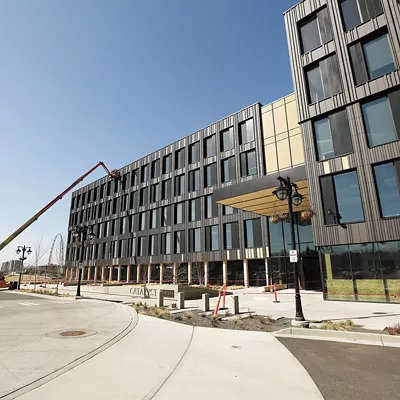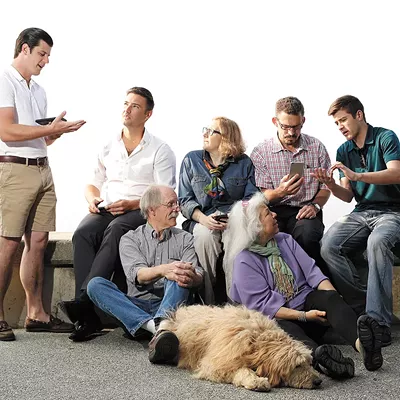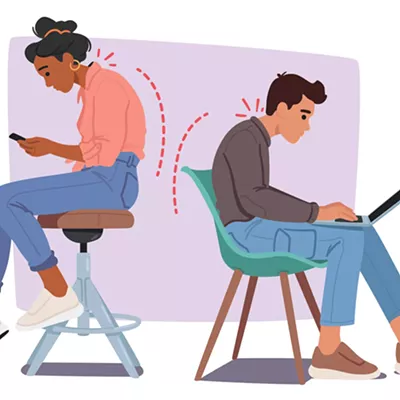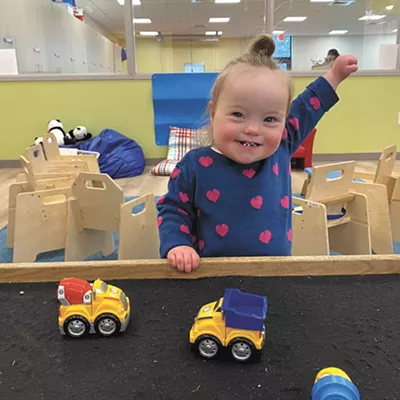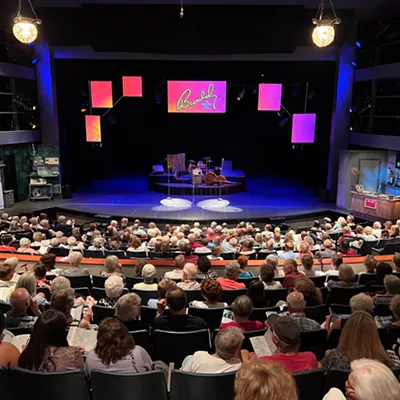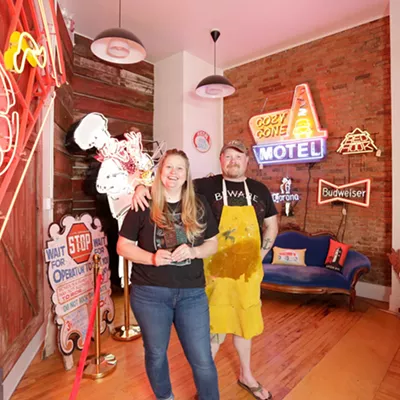Let's say you're at home sitting on the couch. You become aware that you've been scratching the same area on your arm. You lift your sleeve to reveal a blotchy red patch. Is it dry skin? An allergic reaction? An insect bite?
So you reach for your smartphone to make a doctor's appointment. But instead of dialing your GP's number, you launch an app that quickly puts you in a confidential one-to-one video chat — think a private Skype or FaceTime session — with a medical professional. She listens to your explanation of the ailment, examines the physical symptoms and issues a prescription ointment for you to pick up later at your local pharmacy. You're billed about $40 for the service. A confidential post-visit summary is emailed to your inbox.
This kind of scenario has become known as a "virtual visit," the latest form of medical interaction in the expanding and evolving field of telemedicine, which, as the term suggests, aims to bridge the physical distances that can act as a barrier to health care.
The advantages of virtual visits are fairly self-evident, convenience being foremost among them. Virtual visits can be initiated from anyplace with an internet connection. The hours of operation generally extend well beyond working hours — around the clock, in certain cases, and seven days a week. Wait times are typically five minutes or less.
"It's hard to express the 'magic' of a virtual visit with a doctor without having done it yourself," says Amanda Guisbond, Communications Director for American Well. Her Boston-based employer is the company that supplies the technological platform and resources leveraged by more than 40 health-care providers across the country for their own uniquely branded virtual visit services.
"I recently had a terrible sore throat and lost my voice," Guisbond says. "I went onto our own Amwell app and had a video visit with one of our doctors. She actually had me put the video camera toward my mouth and looked down my throat, and she was able to determine that I had viral laryngitis. And I did it all from work."
In addition to providing the technological backbone for virtual visits, American Well maintains an Online Care Group of more than 3,000 trained medical professionals certified by organizations such as the American Telemedicine Association. Health-care providers who use American Well's platform can then tap into this pool to supplement their own team of medical professionals who are available for virtual visits.
One of those providers is Community Health Systems, a Fortune 500 nationwide medical network that includes Spokane-based Rockwood Health. They launched their sub-branded VirtualHealthNow service in the Inland Northwest last October as one of their "initial forays" into this burgeoning branch of telemedicine, explains Lynn Simon, M.D., President of Clinical Services and Chief Quality Officer at CHS.
Simon notes that patient experience was important to CHS when rolling out the new service, which she views as one more option among "a portfolio of care delivery models."
"You don't see somebody in their pajamas," she says. "It's a professional service, and we want to assure the consumer that's what they're getting. When you log on, you can see the credentials of the provider. You can see what they look like — younger, older, male, female. You actually have the ability to select someone you might be comfortable seeing. That's an interesting opportunity and an advantage."
Providence is another provider with a local virtual-visit offering. Their service, called Health eXpress, was launched in Portland in 2012 and extended to Washington state last year.
Jeffrey Collins, M.D., Chief Medical Officer for Providence Health Care, says that virtual visits have proven ideal for "busy people on the go" because they "don't have to modify or disrupt their schedule for minor ailments."
According to Providence's own data collected from post-visit surveys, 73 percent of their patients have used virtual visits in lieu of going to urgent care or seeing their primary care physician. A good 12 percent have stated that they would not even have seen a doctor had it not been for the virtual visit service. A full 95 percent of patients would recommend virtual visits to others.
Yet virtual visits aren't suited to every kind of condition, and Collins is forthright about their shortcomings:
"There are limits to the amount of information you can gather, for example. You can't really take someone's temperature virtually. And there can be expectation gaps. Somebody might make the mistake of 'calling in' with something like chest pains.
"There's something magical about technology," he says, "that heightens people's expectations and their imagination of what it's going to be like." He does note, however, that virtual visits are emerging to fill the niche no longer filled by house calls. Their high-tech underpinnings also mean that more comprehensive virtual visits are already possible outside the home.
"We're exploring some opportunities with employers and schools," says Simon. "We have the ability to deliver the technology through a kiosk that we could place in a school to help the school nurse, or with an employer so that they could have a nurse on-site throughout the day."
Guisbond adds that American Well is even considering grocery stores as potential sites for these kiosks, meaning that patients can combine their weekly shopping with a non-emergency medical consultation and an in-store pharmacy pickup — while skipping the waiting room in between. ♦

